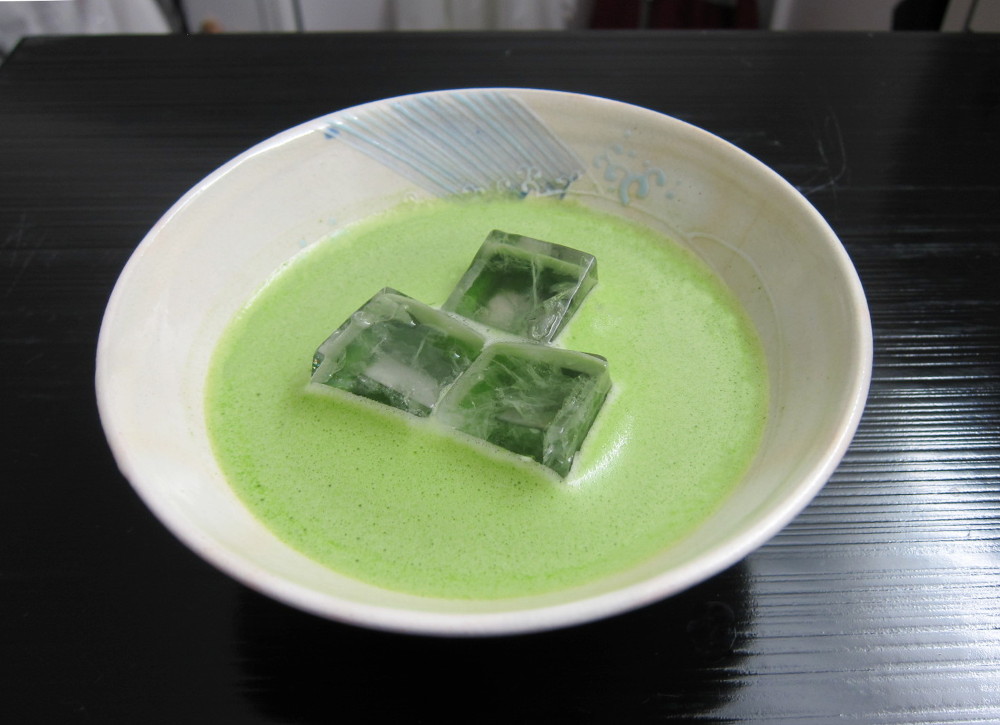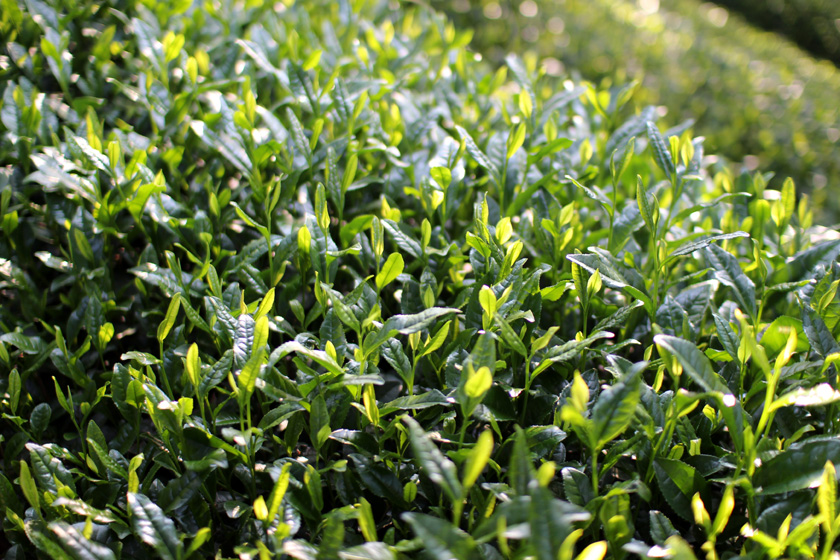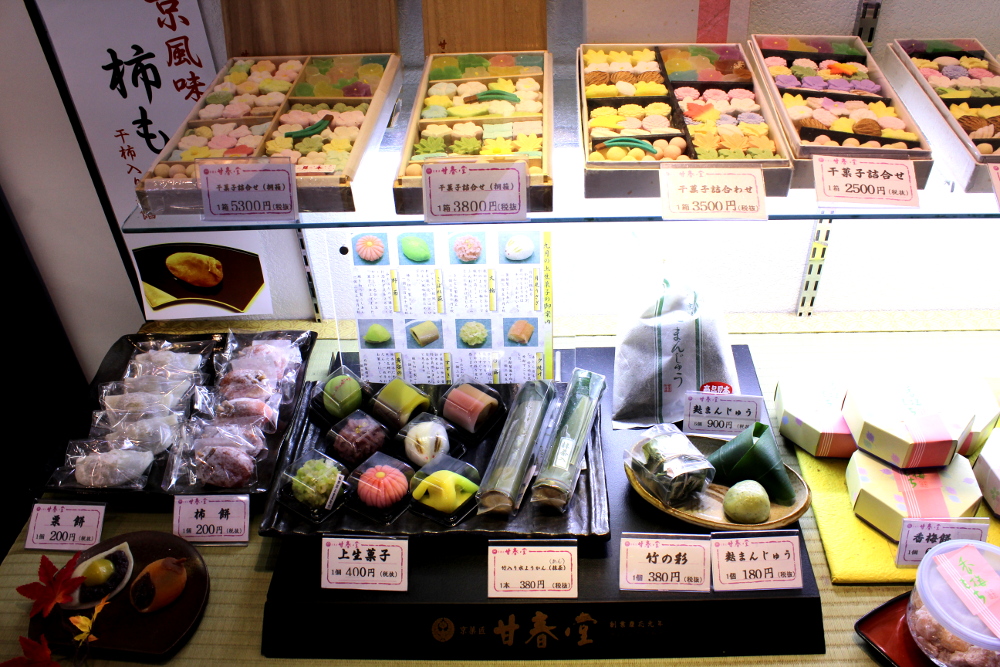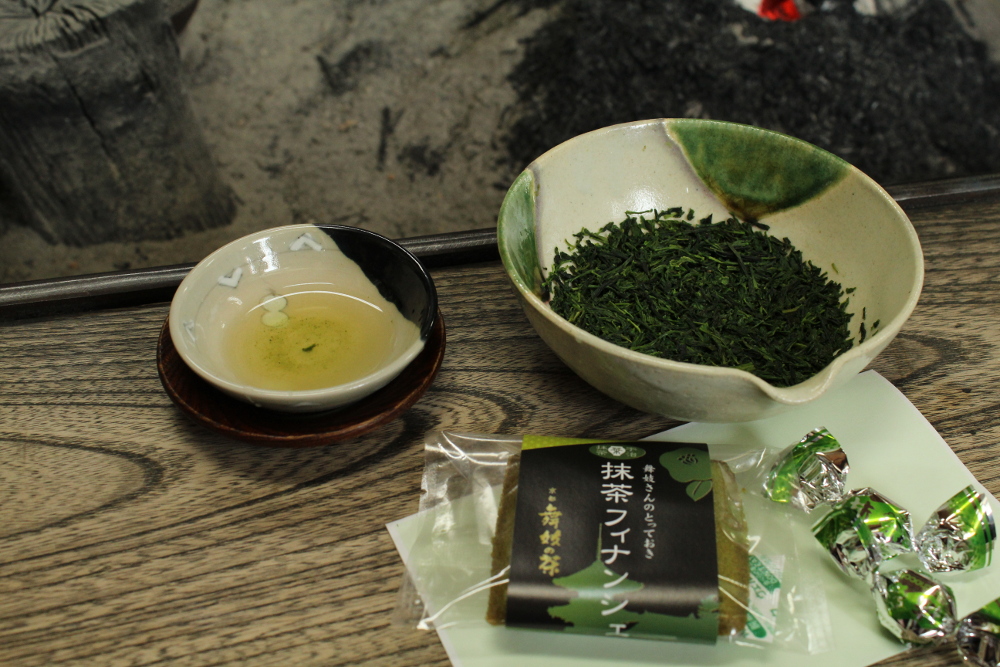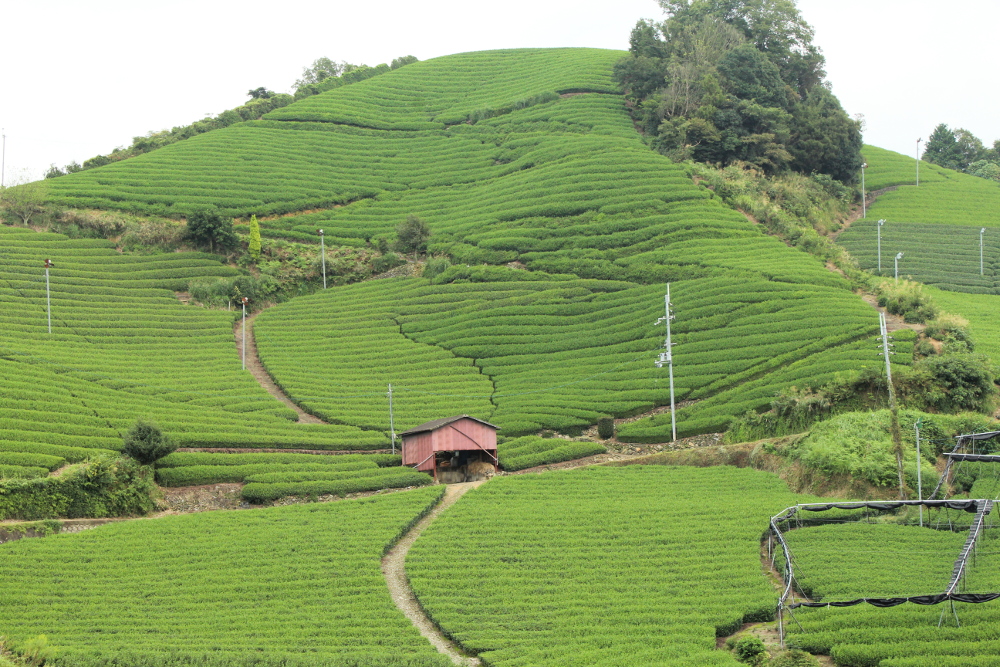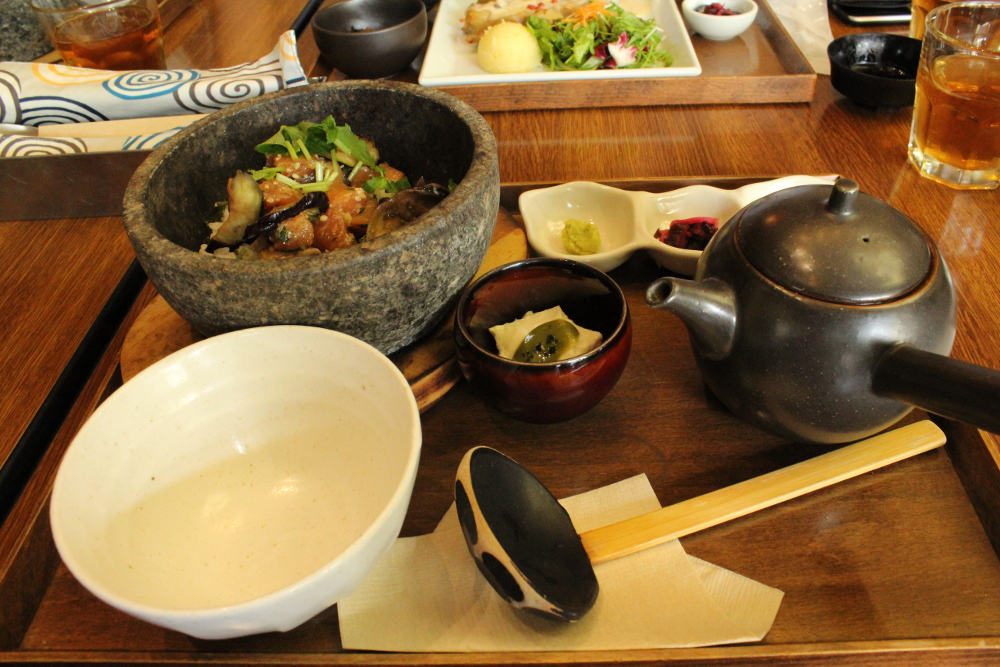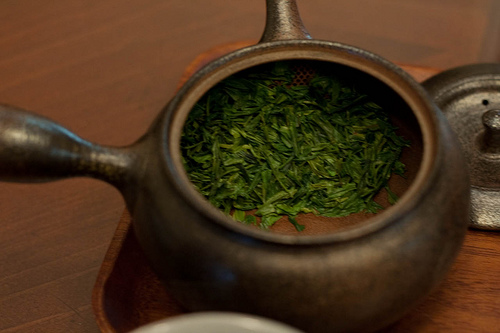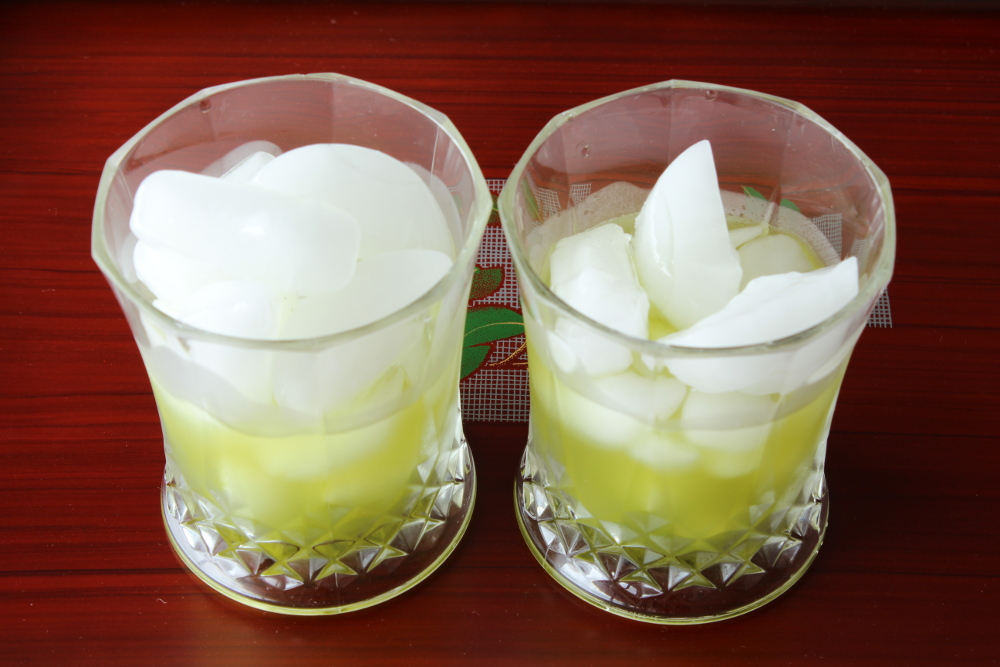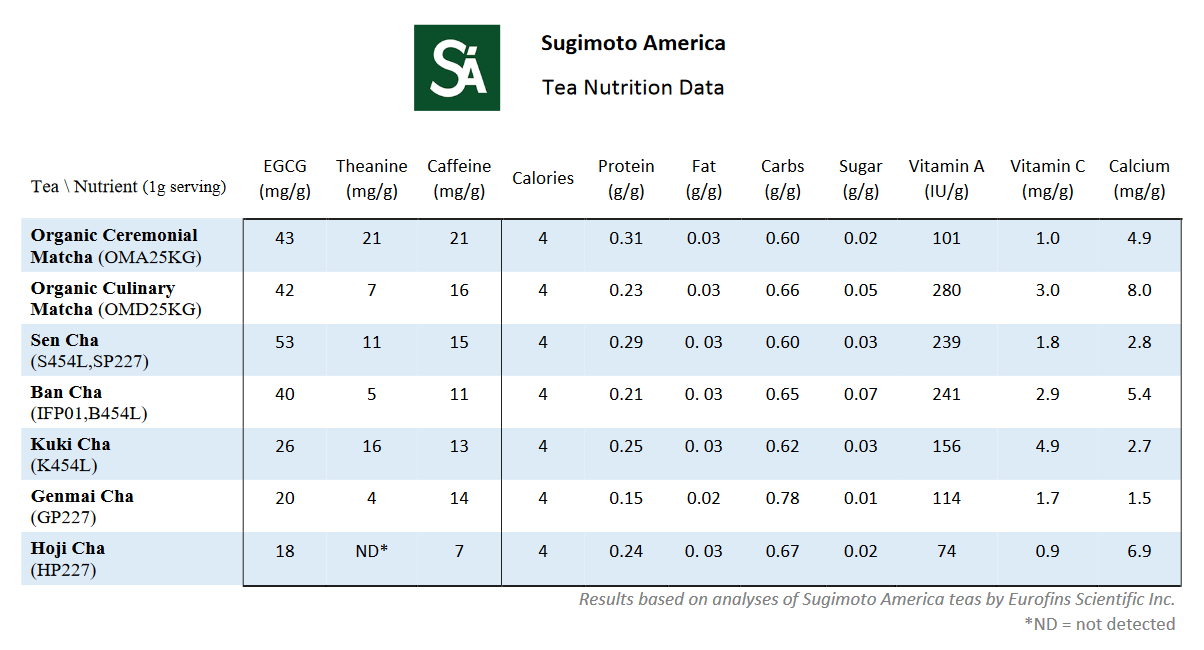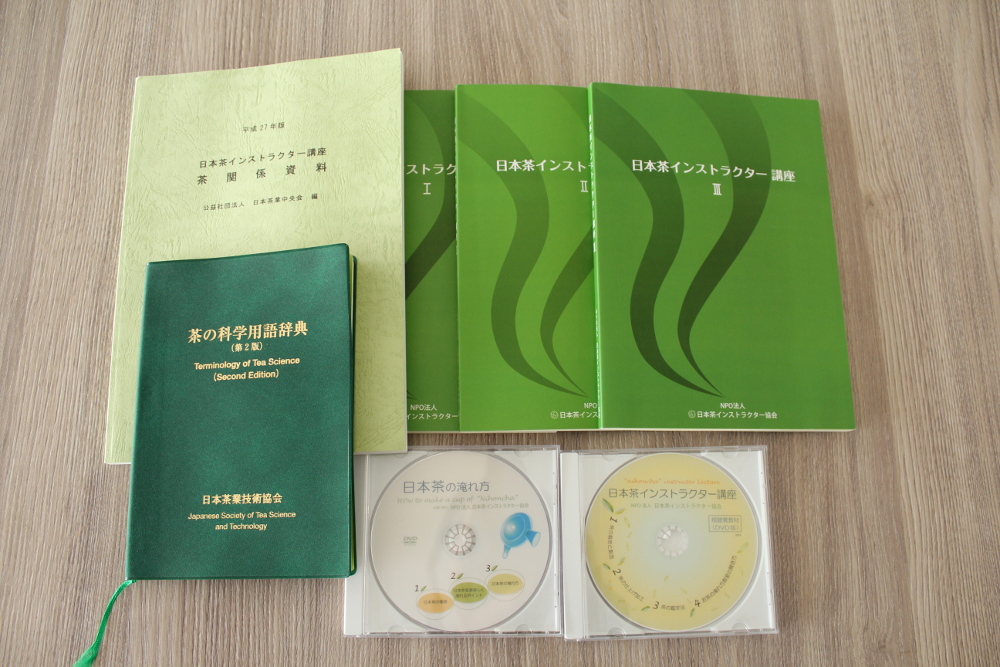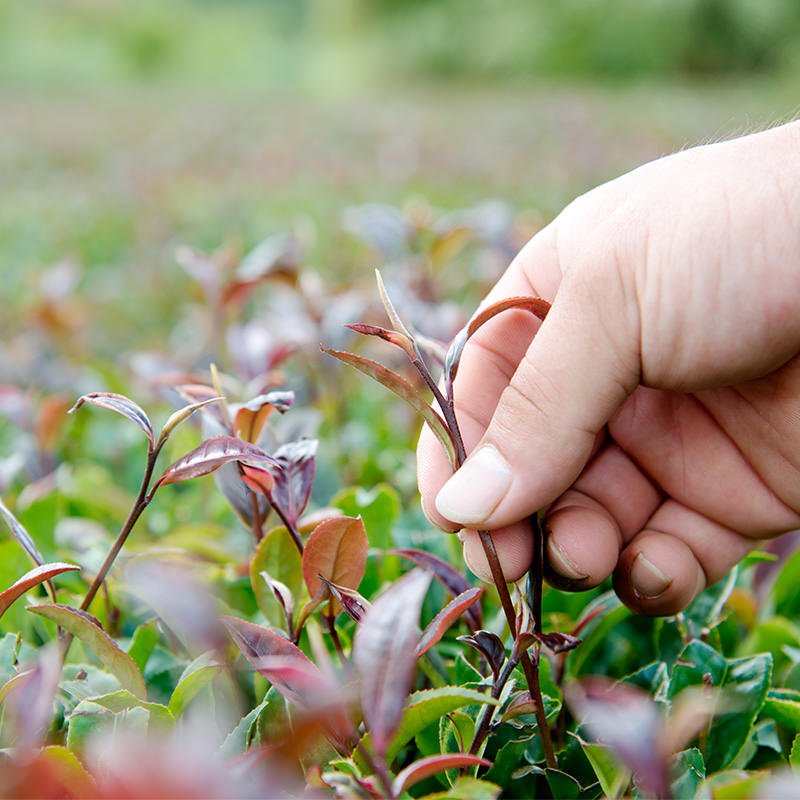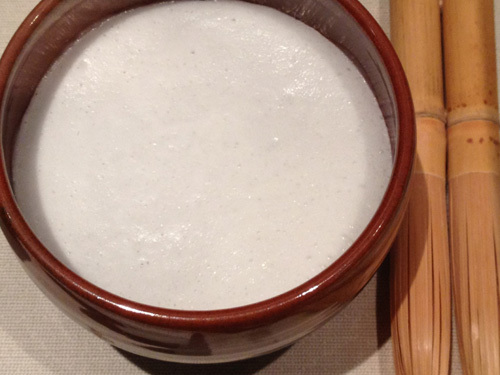I usually prepare matcha with hot water, but iced matcha is a good alternative when you need to cool off. Let me show you the different methods, and my...
The Gokou Tea Cultivar
What do Gokou, Asahi, Ujihikari, and Samidori cultivars have in common? First of all, they come from Kyoto prefecture. Second, they are used for gyokuro and tencha. Finally, they...
Kanshundo
While I was in Kyoto, I visited the Kanshundo (甘春堂) wagashi store. It was founded all the way back in 1865, so they know quite a lot about making...
Uji Press Tea Tour 2016 Part 3
This was the final day of the tea tour. Time flies when you’re having fun. I felt a bit sad because the time spent together with the other press...
Uji Press Tea Tour 2016 Part 2
On this day we had the opportunity to see tea fields and tea processing plants in the Uji region. The sky was cloudy and we did have some rain,...
Uji Press Tea Tour 2016
JETRO (Japan External Trade Organization) invited me to a press tour in Uji, Kyoto prefecture. I’m very thankful, I couldn’t have dreamed of a better tea tour. The other...
How to Brew Shincha
Shincha is one of the best green teas that Japan has to offer. It’s a seasonal tea, because it’s only available during the first flush. I hadn’t written about...
Quick Method for Cold Brewing Green Tea
We’ve seen how to cold brew green tea, that is, how to infuse without using hot water. This type of infusion, while easy to do, takes a longer time...
Analyzing Japanese Tea Nutrition Data
Sugimoto America tested some of their teas for different nutritional compounds, and they have shared the results. I think that it’s a good opportunity to discuss some of the...
Nihoncha Instructor Association Certification
The Nihoncha Instructor Association (日本茶インストラクター協会) is a non profit organization with the purpose of preserving and promoting Japanese tea. They offer three levels of certification: Japanese Tea Advisor (日本茶アドバイザー)...
The Sunrouge Tea Cultivar
Lately I’ve been hearing about purple tea from Kenya. I haven’t tried it, but from what I know there are other cultivars of the tea plant that exhibit a...
Batabatacha
Among Japanese teas, there is a group of teas called furicha (振り茶). They are made from bancha leaves, and are whisked until froth appears before drinking. Batabatacha (バタバタ茶) from...

